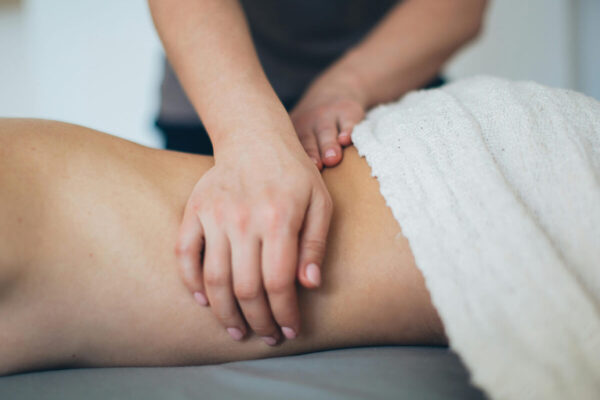Picking the Right Compression Socks for You
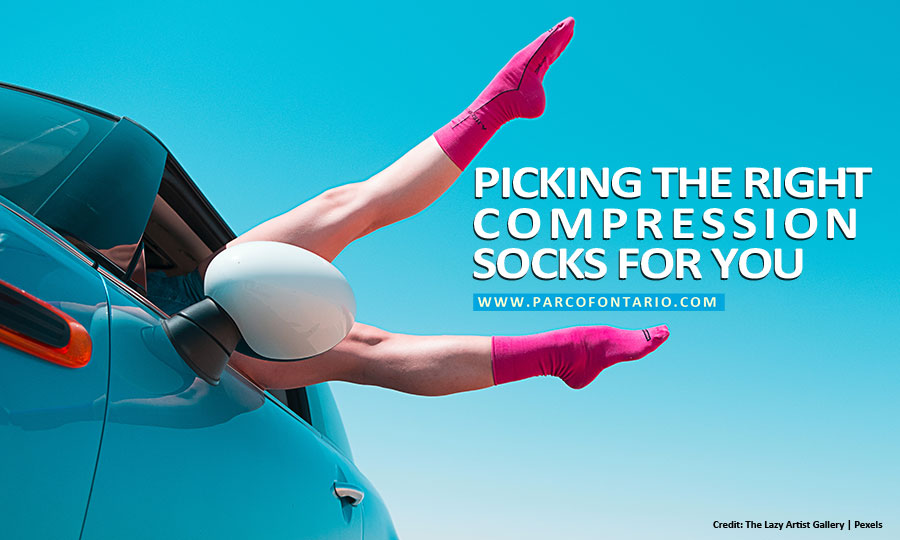
Foot health is something that most Canadians do not often think about. However, according to the Ontario Society of Chiropodists, 6% of Canadians experience leg foot and leg injuries annually. This statistic is heavily influenced by untreated infections, improper leg circulation, and a general lack of leg attention.
These numbers may be small, but these minor complications may lead to worse health conditions and early retirement. But, what can you do about these leg and foot complications? Can something as simple as compression socks help you?
Compression socks have multiple benefits, but you have to choose the right pair that suits your unique needs.
What Are Compression Socks?
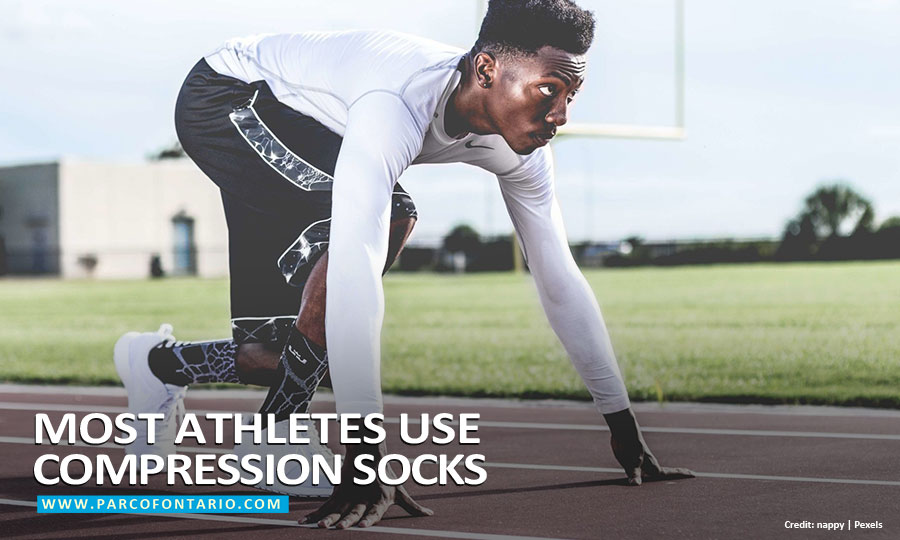
Socks are something that you put on automatically during the morning rush. Wearing and choosing one might seem like an afterthought in the bustling state of your day. As long as they match and feel comfortable, you feel that they’re good to go. However, there is so much more to socks than what meets the eye.
Compression socks serve a great purpose to many people and they may help you live better. From the name itself, compression socks compress and apply pressure on your legs and ankles. By slightly reducing vein diameter, compression socks help in blood flow velocity and volume. This results in the faster return of deoxygenated blood back to the heart and promotes healthy circulation. It also stops blood from going back down to your legs, giving you a more energetic and bouncier step.
Benefits of Compression Socks
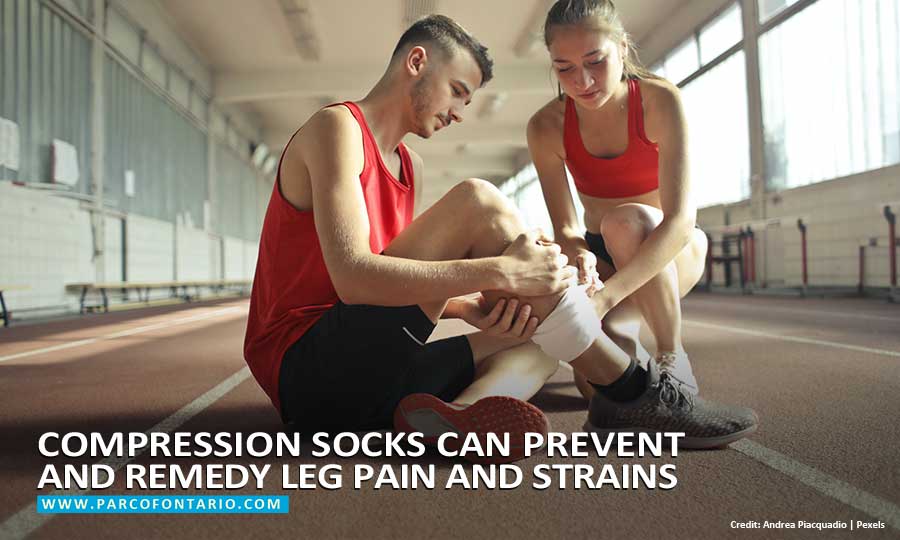
The purpose of compression socks is quite simple. Using its elastic bands, it tightens the muscles and veins on your legs. This may not sound like a comfortable thing to wear while you go about your day, but wearing a pair has numerous benefits to your health, energy, and posture.
Compression socks can work wonders on your feet; they can:
- Keep your feet healthy – Using a pair daily will prevent future injuries and promote better foot health.
- Minimize pain – If you are suffering from chronic leg pains and strains, compression socks are the answer to that.
- Improve blood flow – By boosting leg blood circulation, your veins will be better supported. Leg swelling will be significantly reduced since it eradicates blood pooling in your vessels.
- Relieve hypotension symptoms – Wearing compression socks also mitigates the effect of orthostatic hypotension, which is the phenomenon of getting dizzy when standing up too quickly.
- Reduce risk of various ailments – The chances of getting venous ulcers, deep vein thrombosis, and varicose vein pains are also reduced by this ergonomic contraption.
In addition to all these, they can provide extra warmth and protection for your legs. So, when you think about it, the tiny bit of discomfort that you feel at first when wearing them can be disregarded. Considering its advantages on your podiatric health, compression socks can help you in so many ways.
Types and Variations
Compression sock choices come in many shapes and sizes, depending on their purpose.
Lengths
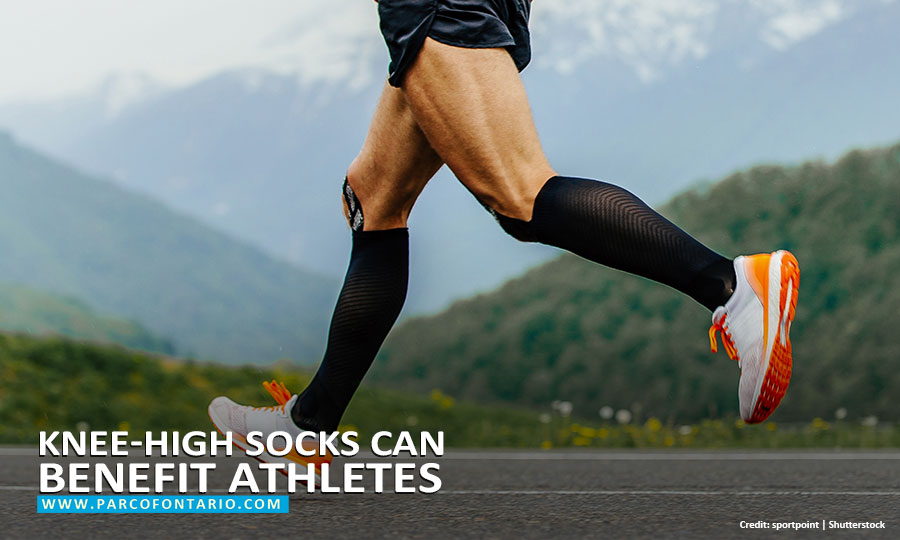
You can have compression socks that are knee-high or thigh-high. These variations have similar effects but only on the area of the leg that it is covered.
- Knee-High Socks – These place pressure only on the bottom half of the leg and prevents blood clots from forming in the lower legs
- Thigh-High Socks – These place pressure on the entire leg. This helps minimize blood pooling in the legs and prevents lightheadedness when you stand up.
- Pantyhose Types – These extend the compression up until the waist. This helps pregnant women dealing with strenuous physical activities by providing more leg support.
Compression socks measurement should be considered depending on your leg health needs.
For different sizes of compression socks, most are elastic so you do not have to worry about not fitting in one.
Compression Types
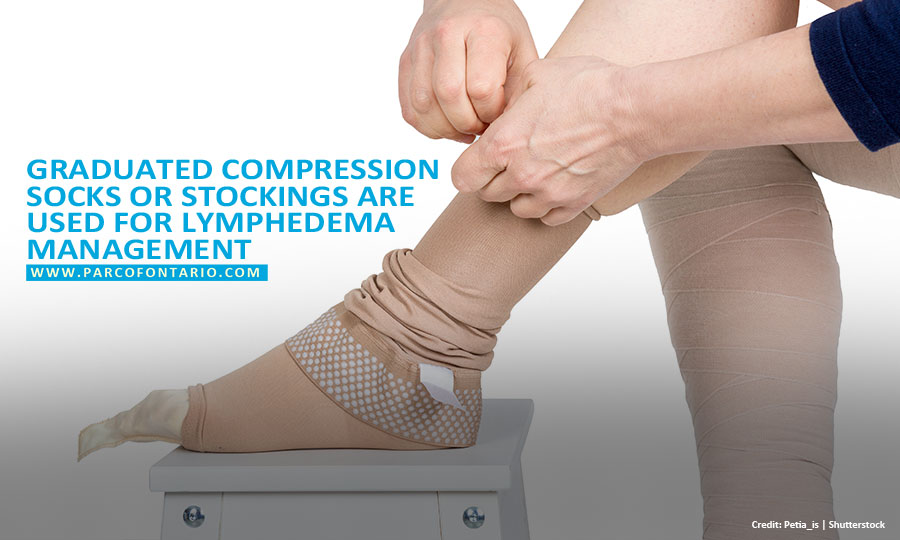
- Graduated Compression Stockings – These restrict the ankle the most and decrease its pressure as it goes upward. You use these types best, in preventing fluid build-up and peripheral edema. They can even be open or closed-toed depending on the type of shoes you wear.
- Anti-Embolism Stockings – These provide similar gradual compression as the graduated stockings. But, this type of socks provides more pressure; hence it is only suitable for immobile people. The strong compression forces help differently-abled persons in coping up with “dead leg syndrome” and vein thrombosis.
- Nonmedical Support Hosiery – These provide lesser pressure but promote better posture. These are often used by men in the military who are in long periods of standing duty. They are more comfortable to wear while giving the same benefits as the other types. However, nonmedical support hosiery is more challenging to wear, since it needs an extra hose for elastic support.
Pressure Levels
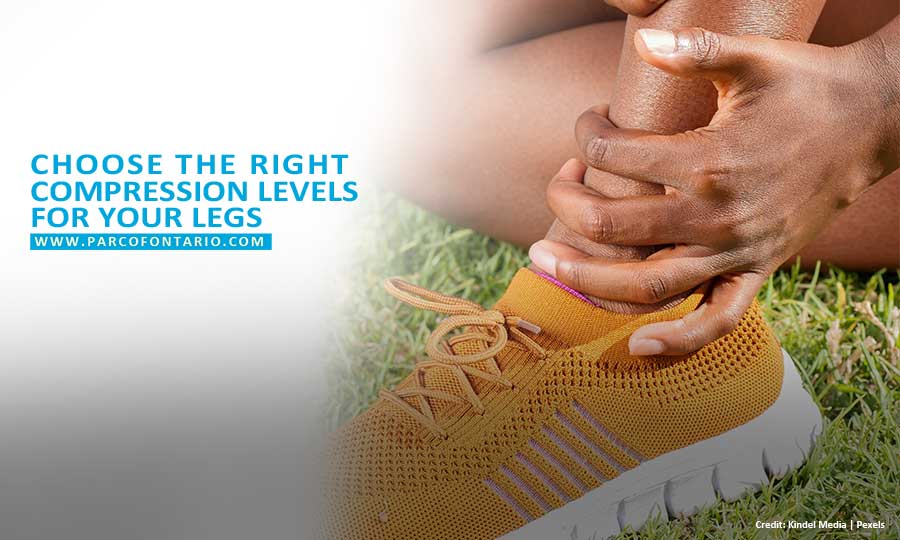
Choosing the best compression level appropriate for you depends on the problems you’re experiencing. Compression sock levels are measured through the unit mmHg placed on a scale. There are 3 levels of compression strength that you can test and alternate.
- Mild Compression Socks – These apply a force of 8 to 15 mmHg, which are commonly worn by desk and office workers. If you are working in an office job, this type gives you the best fusion of comfort and compression. Moderate compression socks give out a force of 15 to 20 mmHg, which are perfect for pregnant women and people in long-standing duties.
- Firm Compression – These socks offer 20 to 30 mmHg that is used best for people suffering serious health conditions. It helps post-surgery patients and people suffering from edema, thrombosis, and varicose veins.
- Extra Firm and Extreme Compression Socks – These provide 30 to 40 mmHg and 40 to 50 mmHg respectively. These are most beneficial to bedridden patients and people recovering from serious leg injuries.
Choosing Your Compression Socks
Compression socks in Canada come in different styles. There are compression socks with zippers for easier pressure control and a stylish design. Now, for serious injuries and leg maladies, compression socks prescription from your physician may be needed. These recommendations can help get the proper fit, appropriate pressure choices, and leg length.
Men’s compression socks are not that different than women’s pairs. They serve the same function and use the same fabrics. Cotton and wool materials are good for compression socks and can regulate temperature and cooling. The only difference between the two of them is the style and colour. Men’s compression socks are darker and opaque, while women’s socks are sheer and more transparent. Athletes also use the same compression socks but have a more stylish and colourful design.
Bottomline
Foot health and leg condition should not be an afterthought. In this fast-paced world, your legs will take you to your goals and dreams. Having good leg health can promote better posture, circulation, and prevent future leg complications. Compression socks for everyday activities are a good investment for work, sports, and office use.
Comfortable and easy to wear, compression socks are the perfect way to make sure your day is free of leg pain. Wearing a pair will need some time for you to get used to but it will get easier as you realize the benefits that you get from it. The next time you choose an outfit for the day, consider a pair of compression socks.
To stay on top of your foot health, turn to the Physiotherapy and Rehabilitation Centres of Ontario. We offer physiotherapy treatment and our Certified Fitters can recommend the right fit, style and type compression socks you need so your feet are in tip-top shape.
Dial us now at the following clinics to book an appointment:
| Ajax |
(905) 686-9081 |
| Mississauga |
(905) 897-2092 |
| Oshawa |
(905) 579-9938 |
| Scarborough |
(416) 430-0314 |
| Scarborough West |
(416) 445-2075 |
| Whitby |
(905) 430-2112 |
